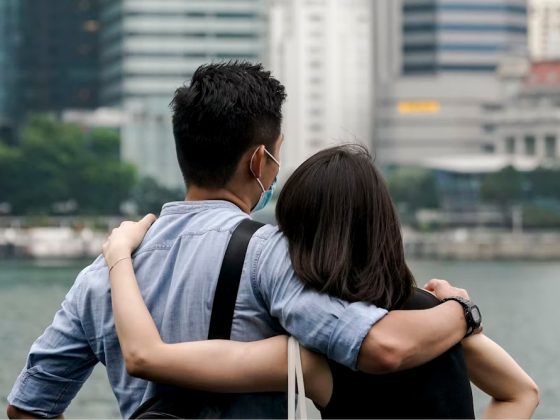Once the lockdowns are lifted, how will things return to how they used to be?
Once the COVID-19 lockdowns are inevitably lifted, we have to accept that the reality is that things will not be ‘normal.’
There will be a lot of changes. Soon as we are allowed to go out of our homes and return to our usual routines, we will realize that the world that we have to live in is not the same as the world that we had been used to living in before COVID-19.
That said, what adjustments need to be made so that cities can reopen safely once the lockdowns are over?
Transportation
Transportation in cities would have to be altered, modifying seating arrangements and designs in terminals to ensure that social distancing is observed among passengers.
In airports, this should also be done. Since the airport will be the first infrastructure that passengers from other countries will set foot on, there is a need for intensified health screenings so that anyone who might be infected can be quickly quarantined and treated.
Infrastructure
On the whole, there is a need to modify the operation of the city’s infrastructure.
We begin with the roads where people are almost always present. Since the modification of transport systems will entail that fewer people can be accommodated per vehicle, the roads should be modified to be better suited for walking and biking. These changes will help promote social distancing.
Now we also consider the infrastructure people frequent almost on a day-to-day basis like schools, offices, and groceries. Classes may have to reduce the number of students taken in per room if possible and consider the option of distance learning. Offices may consider the retention of telework. Groceries and other establishments would have to procure temperature-monitoring devices and enforce social distancing protocols.
Large-scale infrastructure like arenas and stadiums have to be redesigned since they often accommodate huge crowds, making them transmission-prone areas. Most importantly, we have to ensure that hospitals are equipped and will not be overtaxed by the potential arrival of new cases.
Economy
A lot of people have lost their jobs during the lockdowns. Assisting them with the creation of new jobs will be vital in restoring the economy. Cities should also consider financially supporting businesses — especially the smaller ones — so that they can accommodate employees. This assistance comes in the form of policies like zero-interest loans and tax relief.
Arts & Culture
The preservation of the arts and culture of cities is also important. This will involve the adjustment of the operation of art galleries, theatres, music venues, and other creative spaces. Supporting the artists who have been affected by the pandemic which can be facilitated through partnerships with private sectors will also be necessary to keep the creative economy alive.
Future-proofing
On the whole, we have to build resilience in order to minimize the shock of pandemics in the future.
A huge chunk of resilience will come from protecting the most vulnerable communities, providing them with jobs and access to health coverage. Planning a comprehensive pandemic response will also lessen the likelihood of disease outbreaks of this scale from happening again.
As history books would tell us, humanity has its way of bouncing back from crisis situations like a pandemic. We have done it before and we will do it again.
For that to happen, we will have to endure for a bit longer and continue living lives that are completely different from what we have been exposed to. This is necessary as we try to bounce back and reshape a new ‘normal’ that is safe and acceptable for all us.










